
Image: Visual Arts News’ Research Coordinator Chris Shapones, Moving Forward, Looking B(l)ack panelists Jade Peek, Lucie Chan, Pamela Edmonds and Bria Miller, and panel facilitator Sylvia Hamilton. Photo credit: Susie Shapones
We no longer want a seat at the table. Pamela Edmonds was clear when she expressed the feeling that she and others in the black artist community are full.
Through time, black artists have played the role of guest at an intimate dinner party. They have made it onto the eclectic “invite list” sent out by those that inhabit the mainstream framework. They have been welcomed at the door. A card reading “reserved” has even been placed at the head of their dinner plate. They have been forced to mingle and make small talk – to endure the prying questions and to speak as an authority on the recent race issue in the news. All the while, black artists are aware that their presence has made some of the other guests uncomfortable.
In October, Edmonds sat with with fellow panelists Lucie Chan, Bria Miller, and Jade Byard Peek at the North Memorial Library in Halifax. These black and Afro-indigenous women are visual and performance artists, as well as curators. They are preparing their own table, a space where black Nova Scotians can create and explore the complexities of their existence through art. The name of the event, “Moving Forward, Looking B(l)ack,” comes from Pamela Edmonds’ exhibit of the same title. It speaks to the progression of black art in Canada set against a historical backdrop. Sylvia Hamilton, acclaimed documentarian, facilitates the discussion.
The movement forward for black contemporary artists is one of self-definition. “It’s an ask,” says Chan.
Black artists are asking to be trusted with their own narrative and to not have to respond to the one created for them. Contemporary art is considered self-referential, Edmonds suggests; however, black contemporary artists constantly have to explain themselves to be accepted into the dominant framework. Their work is often defined as activism, without their consent — as Miller adds, merely because it is presented from their own worldview. Black existence in itself is perceived as an act of resistance to the mainstream. The tension between integration and intervention for black artists is at the centre of this discussion.
“Art is one of those spaces that we’ve been kept out of,” Edmonds says. “We’re not supposed to be there: it’s classist, it’s elitist, yet it is bible to our survival.”
“Don’t tell us we’re not here, because we’ve always been here,” remarks Hamilton.
“It’s about connecting with the diaspora and our own histories as black Nova Scotians” — Jade Peek
Jade Peek graduated from the art history program at NSCAD University, an experience she recognizes as a privilege, but also a source of frustration. The absence of black contemporary artists, especially black femme and black queer artistry, in educational institutions is jarring. To that end, her work in community focuses on healing, pedagogy, space and representation. Like Bria Miller, who is a native of Yarmouth and organizer of art workshops for black youth, accessibility of art education is essential to her.
As a black and Mi’kmaq woman of transgender experience, Peek uses her body in live performance to explore themes of racism and trauma. Her piece Fried, performed at Queer Acts in Halifax, indicates the manipulation of the black femme body to be accepted by western standards. Sitting before an audience, Peek straightens her hair in front of a mirror while an audio soundtrack of harassment and racist commentary plays in the background. Her collaborative projects, We are the Griots and SankoFest, are spaces where black artists can exist without explaining themselves — their own table. They present a dialogue between the then and now, the past context to contemporary black art and existence.
“It’s about connecting with the diaspora and our own histories as black Nova Scotians,” says Peek.
To mark the progression of contemporary black artistry is to witness the move from a focus on making black pain visible to white audiences to an exploration of black aesthetic and stylization; moving outside the confines of slavery narratives to the possibilities of Afropunk and Afrofuturism, the recognition that black survival is art and creation in itself.At the same time, it is necessary to recognize as James Baldwin did, that “history is not the past,” but a conversation in the present. Homage is due to black artists that played their given role so that those now would not have to.
The way forward is by going places where black artists have not gone before and that means respectfully, (or not so respectfully), excusing oneself from the table to begin planning one’s own dinner party.

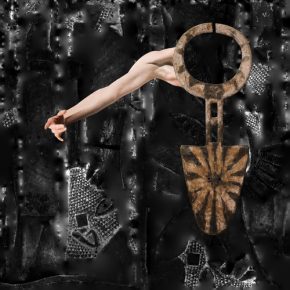

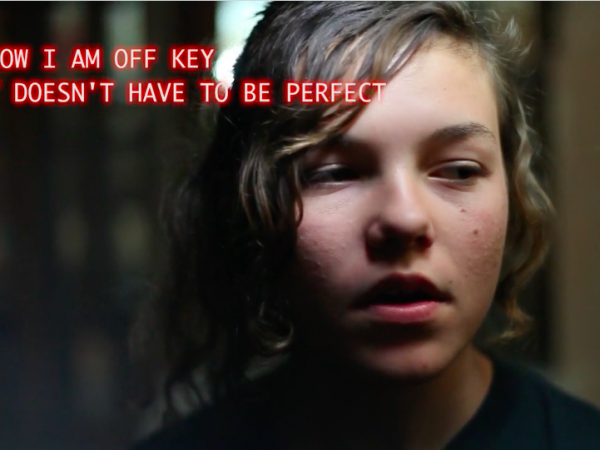
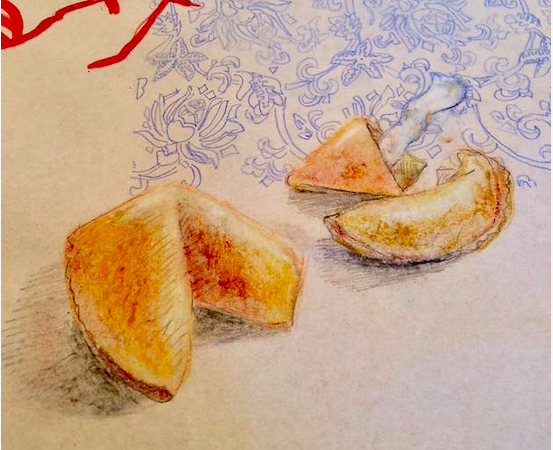
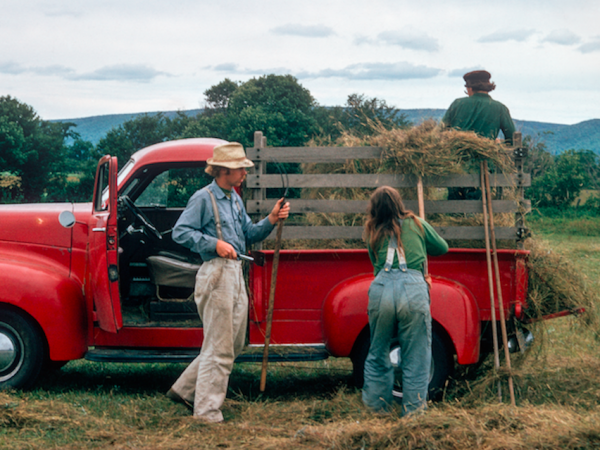
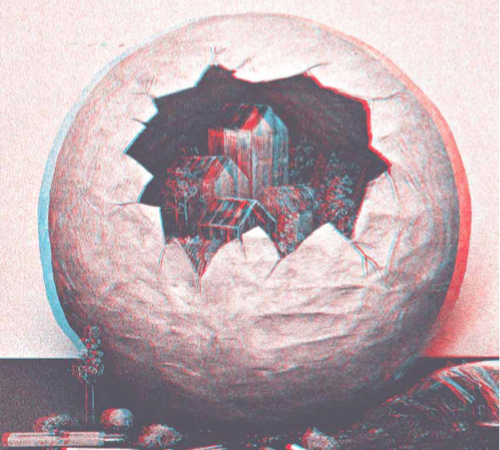
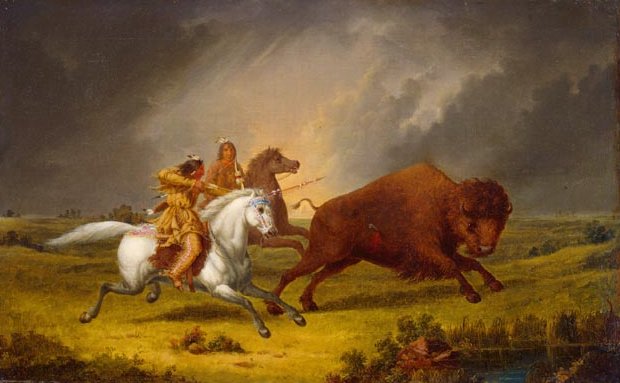
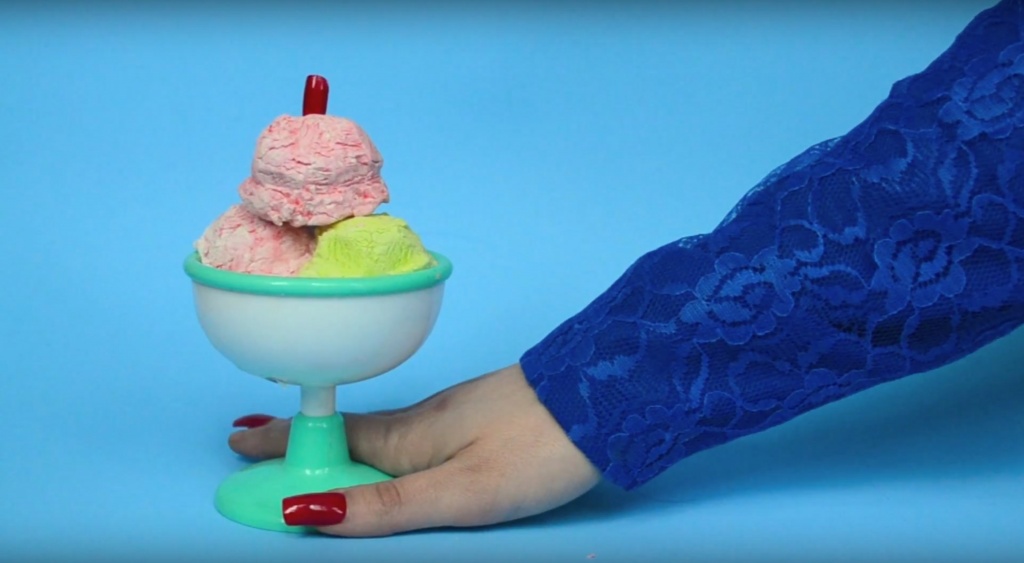



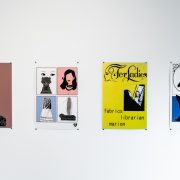
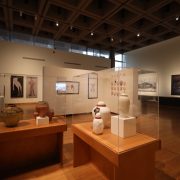


They are doing such a service to the art community by taking a stand for it. I have also experience how the art community is being white washed for all that they have done in the past.